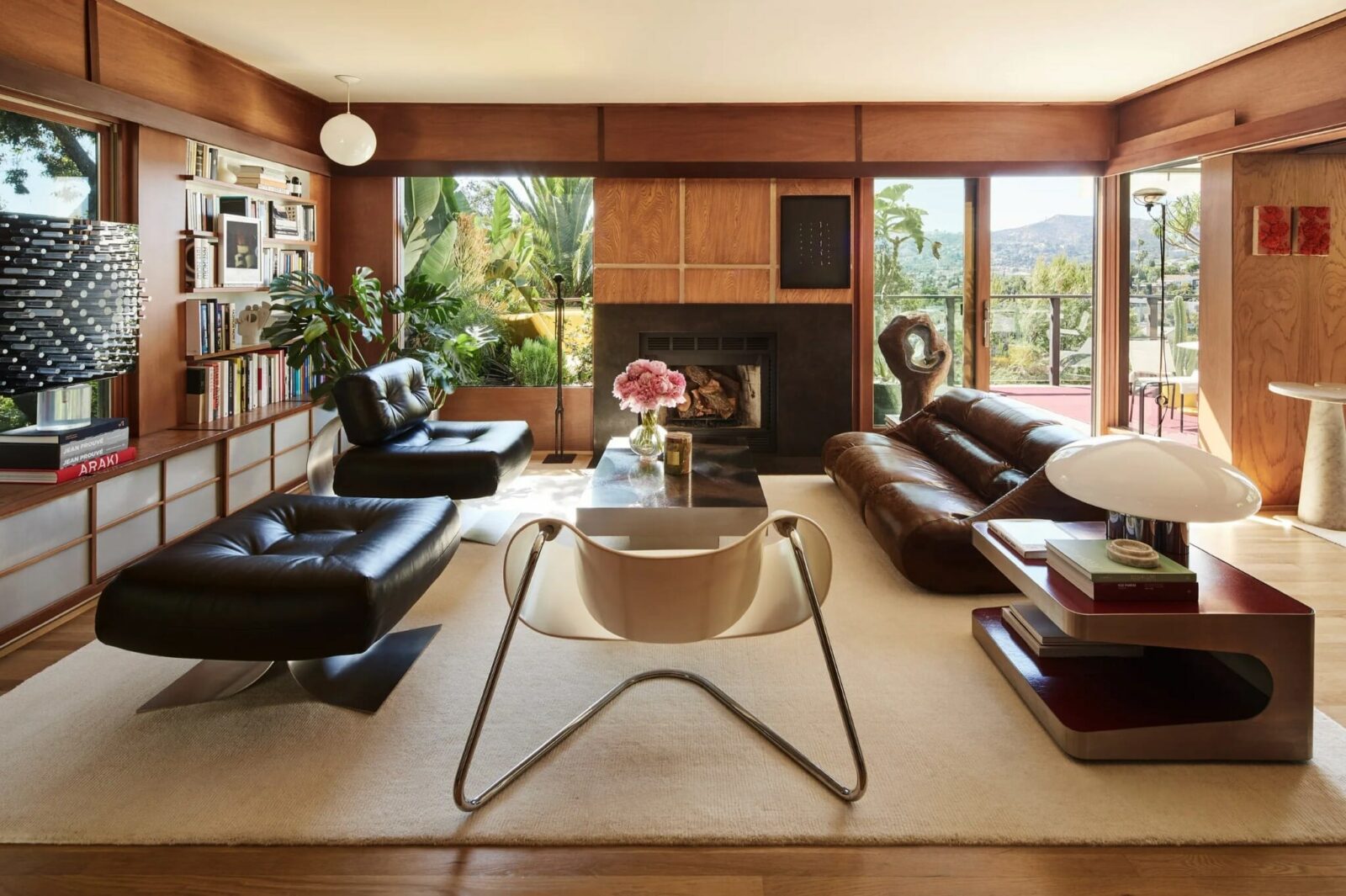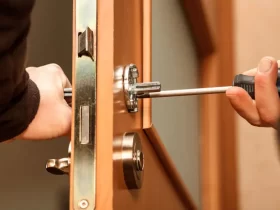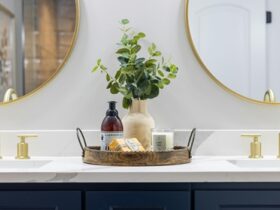The art of interior design necessitates careful preparation and imagination. Interior design can turn a room into a cozy, fashionable, and functional setting. Even seasoned designers are susceptible to typical errors that detract from a space’s functionality and beauty. Avoiding these typical errors will help you create the ideal interior design. Here are five major interior design blunders to avoid.
1. Lack of a Cohesive Color Scheme
Not selecting a unified color scheme for the entire room is a common error. To create interest and depth, utilize a few primary colors and a variety of hues and textures. A carefully considered color palette gives the room a feeling of unity and flow.
2. Overlooking Functionality for Aesthetics
Many people end up with a beautiful home that isn’t functional because they prioritize beauty over functionality. Choose fashionable and useful elements by considering how you plan to use the area. For instance, a stunning sofa could be a focal point. However, it won’t accomplish its goal if it is not comfortable or functional for daily use.
3. Neglecting to Incorporate Storage Solutions
Items might accumulate without enough storage options, making the room appear messy and chaotic. Using intelligent storage options is essential to keeping a space neat. To maintain organization, consider multipurpose furniture, concealed storage, and built-in shelves.
4. Focusing Too Much on Trends
Filling a space with the newest furnishings and décor without considering its long-term appeal is a common mistake. Instead of chasing every fad, spend money on classic pieces that will last many years. To change the appearance of your room without completely redoing the design, use less permanent ways, such as accent pieces or accessories.
5. Neglecting Wall Space
In interior design, walls are a crucial component that is frequently disregarded. A blank wall can give a space a sense of uniqueness. A room without imaginative use of wall space might be drab and uninviting. Consider adding bookcases, mirrors, artwork, or even statement wallpaper to give your walls more depth and intrigue. In addition to adding a personal touch, wall décor balances the room’s other components. To provide visual appeal and a sense of coherence, ensure mirrors and artwork are hung at the proper height.
6. Using Too Many Personal Photos
Using too many personal images can have the opposite effect of creating a cozy and welcoming atmosphere. A space might become visually cluttered and detract from the overall style if it is overflowing with family photographs and personal photos. Rather, choose a few of your best pictures and arrange them in a way that goes well with the style of the space. Personal photographs combined with various forms of art and décor can help produce a more elegant and well-balanced look.
7. Forgetting About Maintenance
Finally, maintenance is the most important yet often disregarded aspect of interior design. Many people concentrate so much on appearance that they neglect to think about how simple their design will be to maintain and clean. Selecting finishes and materials that work for your lifestyle is crucial. For instance, work with an Interior Designer who chooses long-lasting and easy-to-clean textiles if you have small children or dogs. Consider how frequently specific components of your house require maintenance and select design elements that will endure over time with little care.
Conclusion
You may design a beautiful and useful room by avoiding these typical errors. You may create a design that you will love for many years to come by carefully planning, paying attention to details, and taking long-term demands into account.





